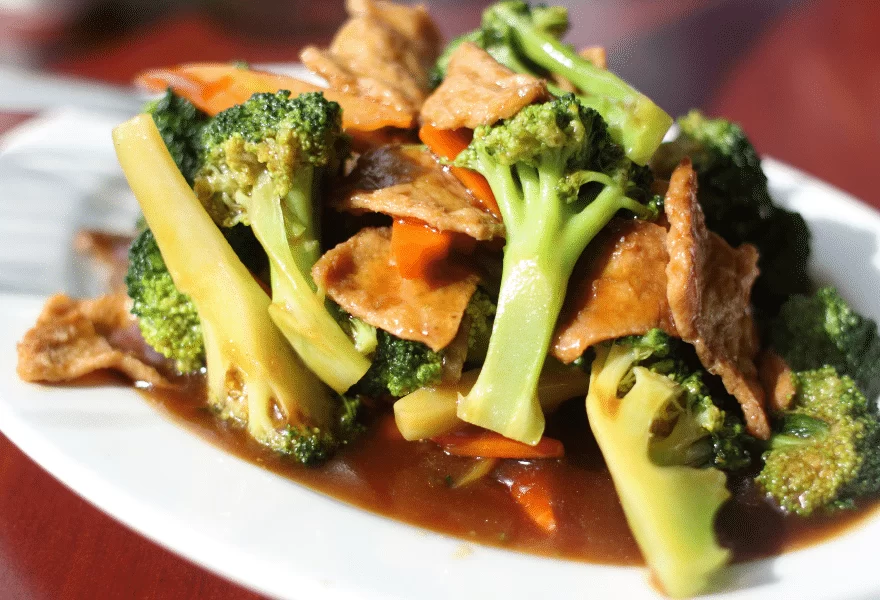Power of Plant-Based Protein High-Protein Sources for Vegetarians
In recent years, the popularity of vegetarianism has surged, driven by concerns for personal health, environmental sustainability, and animal welfare. However, one common misconception persists: that vegetarians struggle to consume an adequate amount of protein. Contrary to this belief, there exists a plethora of plant-based protein sources that not only meet but exceed the nutritional requirements of individuals following a vegetarian diet. In this comprehensive guide, we will explore various high-protein options for vegetarians, ensuring that they can maintain optimal health and vitality while embracing a meat-free lifestyle.
Understanding Protein and its Importance
Proteins are macronutrients essential for the growth, repair, and maintenance of body tissues. They are composed of amino acids, often referred to as the “building blocks” of life. While animal products such as meat, poultry, and fish are commonly associated with high protein content, numerous plant-based foods also boast impressive protein profiles.
High-Protein Plant-Based Foods
Legumes
Legumes, including beans, lentils, and chickpeas, are nutritional powerhouses packed with protein, fiber, vitamins, and minerals. For example, a single cup of cooked lentils contains approximately 18 grams of protein, making them an excellent staple for vegetarian diets. Additionally, legumes are versatile ingredients that can be incorporated into soups, stews, salads, and veggie burgers.
Quinoa
Quinoa is a pseudo-grain known for its complete protein profile, meaning it contains all nine essential amino acids required by the human body. With approximately 8 grams of protein per cooked cup, quinoa is an ideal choice for vegetarians seeking to diversify their protein sources. Furthermore, quinoa is gluten-free and rich in fiber, making it suitable for individuals with dietary restrictions.
Tofu and Tempeh
Derived from soybeans, tofu and tempeh are soy-based products prized for their high protein content and versatility in cooking. Tofu, made from curdled soy milk, contains roughly 10 grams of protein per 3.5-ounce serving, while tempeh, a fermented soybean cake, provides approximately 19 grams of protein per cup. Both tofu and tempeh can be grilled, sautéed, or added to stir-fries and salads for a nutritious boost.
Nuts and Seeds
Nuts and seeds are nutrient-dense sources of plant-based protein, healthy fats, and essential minerals. Almonds, peanuts, and pistachios are among the nuts highest in protein, with roughly 6-8 grams per ounce. Similarly, seeds such as chia, hemp, and flax seeds offer significant protein content, ranging from 3 to 9 grams per ounce. Sprinkling nuts and seeds onto yogurt, oatmeal, or salads can enhance both the flavor and protein content of meals.
Seitan
Seitan, also known as wheat gluten, is a popular meat substitute made from hydrated gluten flour. Despite its meat-like texture and taste, seitan is entirely plant-based and boasts an impressive protein content of approximately 25 grams per 3.5-ounce serving. Due to its high protein density, seitan is often used in vegetarian stir-fries, sandwiches, and kebabs as a satisfying alternative to meat.
Edamame
Edamame, young soybeans harvested before they fully mature, are a delicious and nutritious snack packed with protein, fiber, and antioxidants. A single cup of cooked edamame provides around 17 grams of protein, making it an excellent option for vegetarians looking to increase their protein intake. Edamame can be enjoyed steamed, boiled, or added to salads and stir-fries for an extra protein punch.
Greek Yogurt and Cottage Cheese
While not strictly plant-based, Greek yogurt and cottage cheese are vegetarian-friendly dairy products renowned for their high protein content. A single serving of Greek yogurt typically contains 17-20 grams of protein, while cottage cheese offers approximately 14 grams per half-cup serving. Both options can be consumed as standalone snacks or incorporated into smoothies, dips, and desserts to boost protein intake.
Spirulina
Spirulina is a nutrient-rich blue-green algae prized for its exceptional protein content and wide array of vitamins and minerals. With roughly 8 grams of protein per 2-tablespoon serving, spirulina is a convenient supplement for vegetarians seeking to increase their protein intake. It can be added to smoothies, juices, or energy bars for a nutritional boost, although its strong taste may require moderation in recipes.
Incorporating High-Protein Foods into a Vegetarian Diet
Now that we’ve explored various high-protein plant-based foods, let’s discuss practical strategies for incorporating them into a vegetarian diet:
Plan Balanced Meals: Aim to include a variety of protein-rich foods in each meal, such as legumes, tofu, nuts, and seeds, to ensure you’re meeting your nutritional needs.
Experiment with Recipes: Get creative in the kitchen by trying new vegetarian recipes that feature high-protein ingredients. Whether it’s a hearty lentil soup, a quinoa salad, or a tofu stir-fry, there are countless delicious options to explore.
Snack Wisely: Keep protein-rich snacks like nuts, seeds, Greek yogurt, and edamame on hand to satisfy hunger between meals and prevent unhealthy cravings.
Supplement as Needed: Consider incorporating protein supplements such as pea protein powder or hemp protein powder into your diet if you struggle to meet your protein requirements through whole foods alone.
Conclusion
In conclusion, vegetarians have a wide range of high-protein plant-based foods at their disposal, enabling them to maintain a balanced and nutritious diet without the need for animal products. By incorporating legumes, quinoa, tofu, nuts, seeds, and other protein-rich foods into their meals, vegetarians can ensure they’re meeting their protein needs while enjoying a diverse and flavorful culinary experience. With careful planning and a willingness to explore new ingredients and

